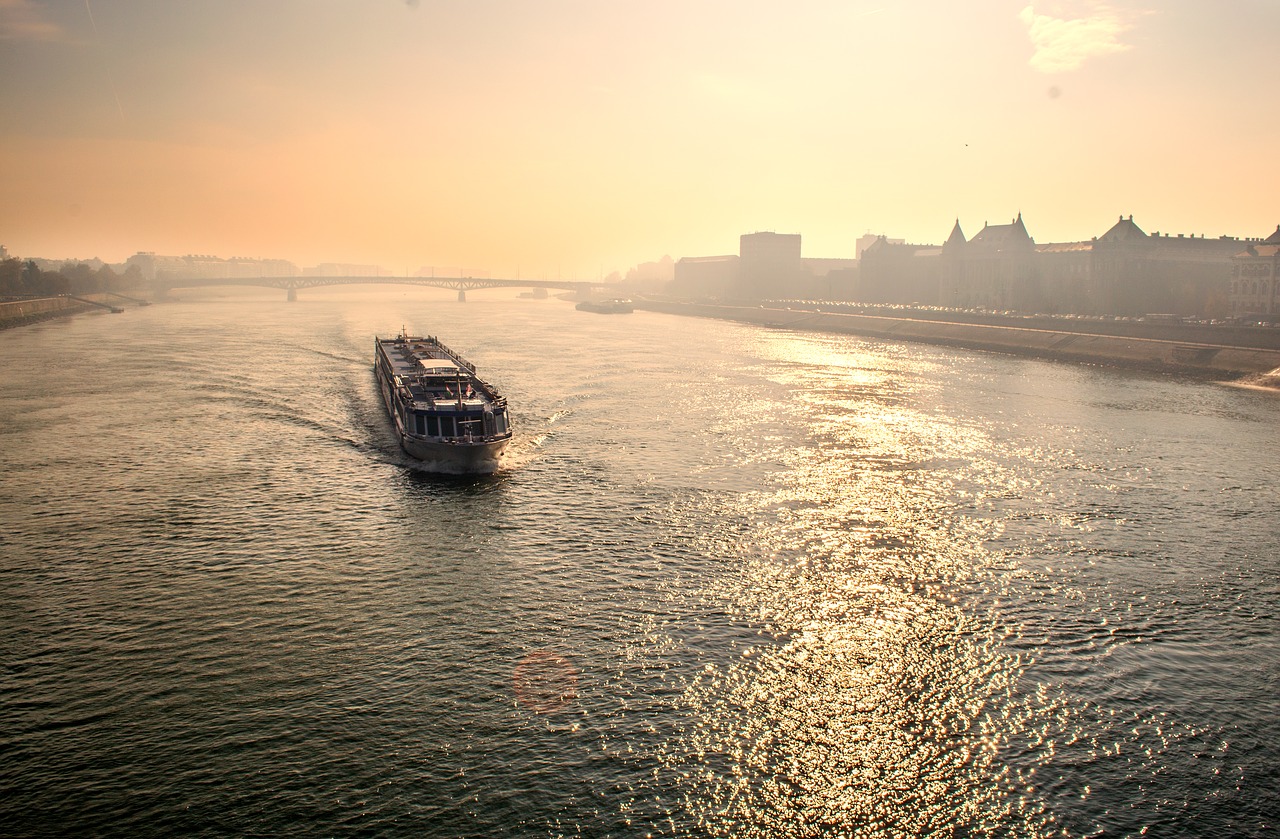In order to implement more frequent cargo ship traffic on the River Danube, it would be necessary to make the river 2.7 meters deep in Hungary. The cost of the investment is EUR 6.3 million, funded by the European Union in 85%. However, dredging affects protected species and Natura 2000 sites. Furthermore, humans can also be affected, as ships will pollute drinking water supplies. The public can comment on the newly published strategic environmental assessment of the development until the beginning of March.
The strategic environmental assessment of the Danube shipping development program has been completed; the investment belongs to the project entitled “Extension of the preparation for the development of the Hungarian TEN-T inland waterway”. The European Union is also a stakeholder in development. TEN-T stands for Trans-European Transport Network, a road, rail, air and waterborne transport network designed to serve the whole of the European continent. The Danube-Main-Rhine canal, which is 3,500 km long, connects eleven European countries from the North Sea to the Black Sea. The budget for domestic development is EUR 6.3 million, 85% of which is financed by the European Union.
The development aims to enable cargo ships to sail more frequently in the Hungarian section of the Danube than currently, which requires the deepening of the riverbed (to 2.7 meters depth) in Hungary.
As a result of the investment, vessels with a draft of 25 decimetres and a carrying capacity of 1300-1600 tons would be able to navigate the river for 300 days a year.
In 2018, it turned out that the investment will be carried out for a net amount of EUR 3.6 million. The project affects the Danube section between the village of Szap in Slovakia and the southern border. Nearly 52 kilometres in total (including 31 sites), need to be intervened in the section between Szob and the Southern border to improve navigability.
As Átlátszó reports, the Danube navigability project is significantly delayed due to environmental concerns. Planning started back in 2005 and was intended to be finished by 2014. WWF Hungary also raised its voice against the investment at that time, and in 2011 the green authority revoked several already valid environmental permits. In 2005, the Hungarian section of the Danube was added to the European Union’s priority transport routes, which stipulates that the river must also be made available to EU cargo ships. At the time, WWF criticised the Union for trying to favour only large shipping companies with riverbed deepening. According to the organisation, river regulation works could ruin the natural values along the Danube, with many believing that “it is not the river that needs to be adapted to the boats, but the boats to the river”.
In the course of the current strategic review, the previous plans were refined, several versions were outlined, and today they do not impose stricter requirements than those required by international agreements.
Read also: Police offer EUR 5,600 reward for information on Danube oil pollution
Still, several negative impacts are expected from ecological and nature conservation point of view.
One of the biggest problems is the endangerment of aquatic species, including invertebrates, fish and bird species. These species are extremely threatened by dredging and the increasing cargo ship traffic. As a result, several species’ natural habitat will change and will no longer be suitable as a breeding, feeding or nesting place. The investment can endanger protected species as well, including crabs, protected bird species of significant natural value (for example small lilies and waders), dragonfly species, protected water snail species and fish species. Furthermore, it can damage protected natural areas of national importance, Natura 2000 areas and elements of the National Ecological Network. Many protected birds nest in areas potentially affected by deforestation, as well as the Eurasian beaver, otter, and bat.
The investment also endangers drinking water supplies.
“As a result of the interventions resulting in the decomposition of the cover layer in the protection area of the water bases, the pollutants in the Danube can enter the aquifer directly and reach the wells due to the violation of the membrane providing biochemical filtration.” The project affects 58 water bases along the Danube, of which 26 are long-term, and 32 are currently in operation. Groundwater extracted from the filtered basins along the Danube supplies almost 40% of the country’s population.
Adverse effects mainly affect the offspring of fish that are more likely to be present in shallower coastal areas. According to the document, it is appropriate to limit and constantly monitor the speed of vessels causing large surges at certain critical stages during the period when the offspring are not yet able to dodge the waves.
By 2050, ship traffic on the affected Danube section may increase by about 75% in terms of the number of ships.
Featured image: Wikimedia Commons by Gábor Dvornik
Read alsoBrutal oil contamination on the Danube – pictures







































